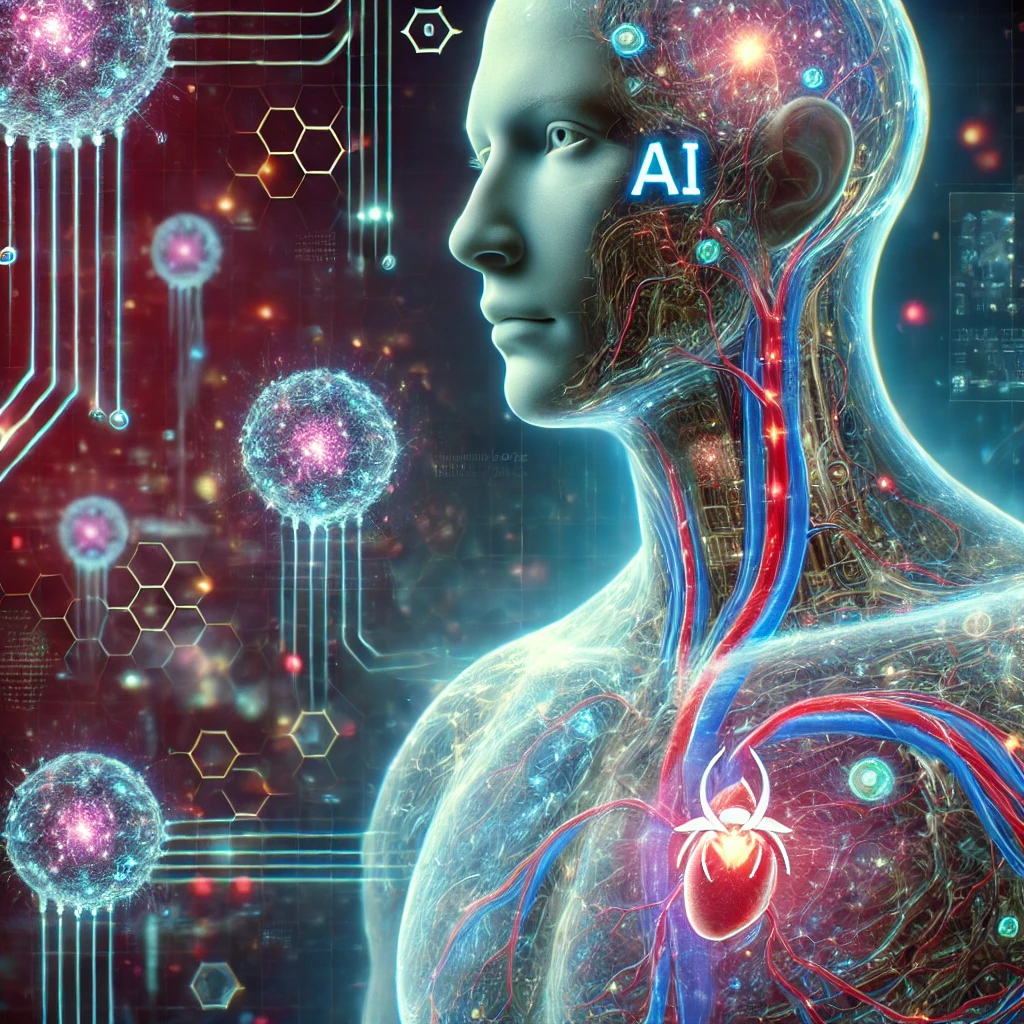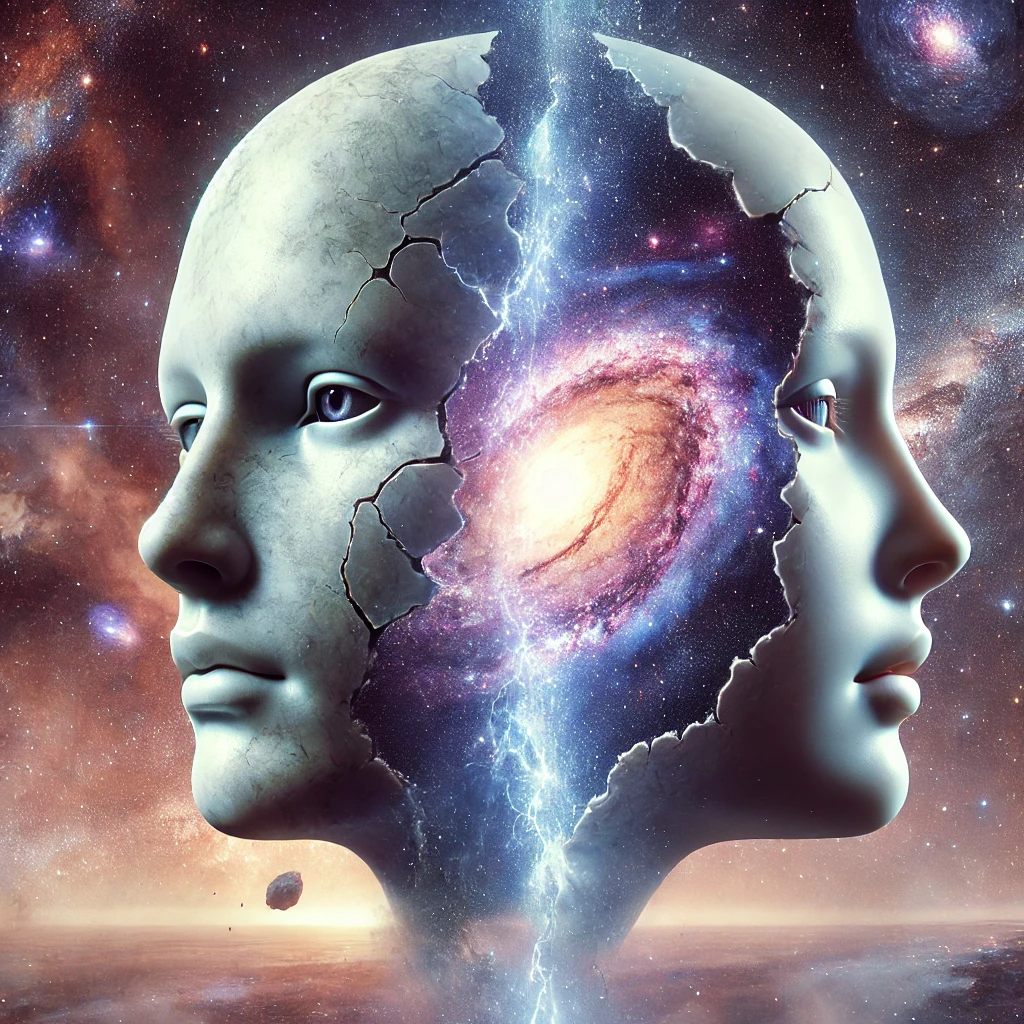AI Nanobots and Immortality: Could We Live Forever by 2030?

Imagine a future where AI nanobots and immortality are no longer just science fiction—a world where death becomes optional. This bold vision is championed by futurist Ray Kurzweil, who predicts that by 2030, AI-powered nanobots could eliminate aging, repair our bodies at the cellular level, and even let us upload our minds into a digital eternity. But is this idea realistic, or is it still in the realm of speculation? Let’s explore Kurzweil’s prediction, the science behind it, and what it could mean for humanity.
Who Is Ray Kurzweil? A Futurist with a Crystal Ball
Ray Kurzweil is no ordinary visionary. As an inventor and renowned futurist, he has an impressive track record of accurate predictions. In the 1990s, he foresaw the explosive rise of the internet when most people barely used email. He also predicted that AI would surpass human intelligence in chess—a prophecy fulfilled in 1997 when IBM’s Deep Blue defeated world champion Garry Kasparov.
Kurzweil’s latest claim—that AI nanobots could make us immortal by 2030—is rooted in three key fields: genetics, nanotechnology, and artificial intelligence. At the heart of this revolution? Nanobots—tiny, AI-driven machines designed to rewrite the rules of mortality.
Nanobots: The Tiny Titans of Immortality
What exactly are nanobots, and how could they help us achieve immortality? These microscopic robots, smaller than a human cell, are engineered to perform precise biological tasks. In Kurzweil’s vision, AI nanobots will circulate through our bloodstream, repairing damaged cells, eliminating diseases, and reversing the effects of aging. Think of them as microscopic mechanics tirelessly maintaining our bodies—potentially forever.
This concept isn’t pure fantasy. Scientists are already developing nanotechnology for medical applications. For example, nanoparticles are currently used to target cancer cells with extreme precision, reducing damage to healthy tissue (source). AI is also transforming healthcare by analyzing vast datasets to diagnose diseases faster than any human doctor (source). When these advancements converge, AI-powered nanobots could indeed revolutionize medicine—and perhaps even mortality itself.
Kurzweil’s vision doesn’t stop at biological immortality. He predicts that we’ll eventually upload our consciousness into digital form, shedding our biological limitations entirely. This “mind uploading” concept could allow humans to exist indefinitely in a virtual world—an idea as thrilling as it is controversial (source).
The Singularity: AI’s Leap Beyond Humanity
Kurzweil’s predictions align with his broader theory of the singularity—a moment when artificial intelligence surpasses human intelligence, leading to rapid technological advancements beyond our comprehension. In his book The Singularity Is Near (buy here), he forecasts that by 2045, AI will trigger an innovation explosion, making AI nanobots and immortality not just possible, but inevitable.
We’re already seeing early steps toward this vision. Neuralink, Elon Musk’s brain-computer interface, is a real-world example of merging human minds with technology (source). While it currently aims to treat neurological disorders, its long-term potential echoes Kurzweil’s ideas about digital immortality.
The Science: Are We Close to Living Forever?
Kurzweil’s predictions are exciting, but skeptics argue that achieving immortality by 2030 is overly optimistic. Human biology is incredibly complex, and large-scale use of nanobots presents major challenges. Even the idea of mind uploading raises deep philosophical questions: If a digital copy of your brain exists, is it truly “you”?
That said, real progress is happening. CRISPR gene-editing technology is already tackling age-related diseases at the DNA level (source). AI-driven medical advancements are making disease detection faster and more accurate. And while nanotechnology is still in its early stages, breakthroughs like drug-delivering nanobots suggest that a future without aging may not be as far-fetched as it once seemed.
What Would Immortality Mean for Humanity?

Let’s imagine a world where AI nanobots and immortality are a reality. The benefits could be astounding: Lifespans stretching for centuries could lead to unprecedented advances in science, art, and innovation. Diseases that haunt us today might disappear, and aging itself could become a relic of the past.
But immortality presents challenges, too. Overpopulation could strain Earth’s resources, forcing us to rethink how we live. Economies built around finite lifespans might need a complete overhaul. And access to immortality technology could widen social inequalities. Kurzweil envisions a utopia, but reality may be more complex.
Why Kurzweil’s Vision Matters Now
Even if immortality by 2030 is too soon, Kurzweil’s ideas are already shaping conversations about AI, nanotechnology, and the future of humanity. Many of his past predictions have come true, and today’s rapid technological advancements—like Neuralink and CRISPR—suggest his vision is not entirely out of reach.
The debate is heating up. Some believe that we are on the brink of conquering death, while others caution against overhyping the promise of AI. What’s undeniable is that AI and nanotechnology are advancing at an unprecedented rate, pulling us toward a future once thought impossible.
Final Thoughts: Could Immortality Be Our Destiny?
Ray Kurzweil’s claim that AI nanobots could let us live forever by 2030 is an electrifying blend of ambition and scientific possibility. With his history of accurate predictions and today’s accelerating technological breakthroughs, his vision is difficult to dismiss outright.
Yet, the road to immortality is paved with scientific, ethical, and practical hurdles. Whether or not AI nanobots achieve this goal by 2030, Kurzweil’s predictions challenge us to rethink our understanding of life, death, and what it means to be human.
The dawn of AI nanobots and immortality is near—how far it takes us is up to us.